Decoding cat behavior
Decoding cat behavior "Learn to decode cat behavior! Discover what your cat’s actions—from purring to kneading—really mean and strengthen your bond with your feline friend."
1/18/20254 min read
Decoding Cat Behavior: What Your Cat’s Actions Really Mean
Cats are enigmatic creatures, and understanding their behavior can sometimes feel like solving a puzzle. From purring to kneading, each action your cat takes carries meaning. If you’ve ever wondered what your feline friend is trying to tell you, this guide will help you decode their mysterious ways.
1. Purring: The Language of Contentment and More
Purring is often associated with a happy, relaxed cat, but it can also signal other emotions or needs.
What It Means
Contentment: A rhythmic purr when your cat is lounging or being petted usually indicates happiness.
Stress Relief: Cats may purr when they’re anxious, frightened, or even in pain, as it can be self-soothing.
Healing Power: Research suggests that purring vibrations may help heal injuries or reduce pain.
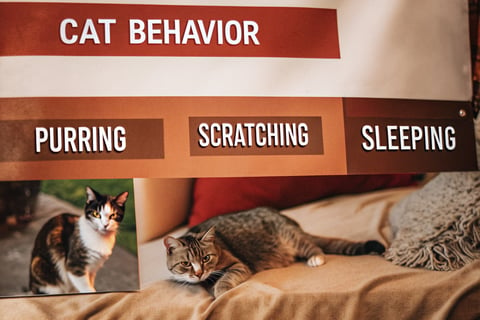

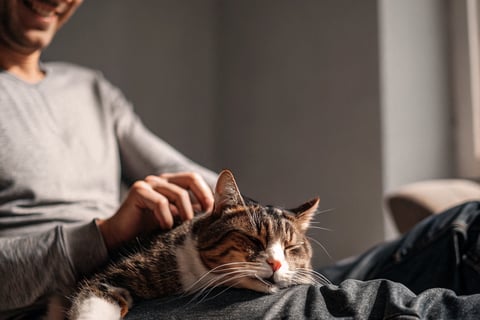

Learn more "How to Spot Signs of Illness in Cats."
2. Kneading: The "Making Biscuits" Behavior
When your cat rhythmically presses its paws against a soft surface, it’s kneading—a behavior that starts in kittenhood.
What It Means
Comfort: Kneading is a sign your cat feels safe and content.
Marking Territory: Cats have scent glands in their paws, and kneading helps spread their scent.
Remnants of Kittenhood: This behavior mimics the motion kittens use to stimulate milk flow from their mothers.
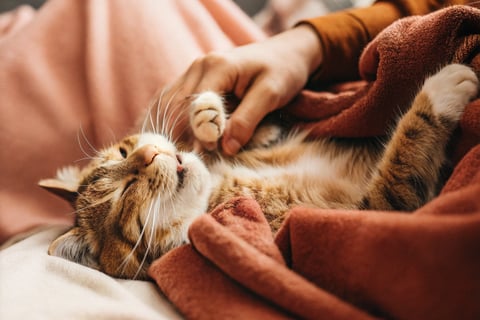

3. Tail Language: A Window to Their Mood
Your cat’s tail is a great indicator of their emotions. Its position and movement can reveal how they’re feeling.
Common Tail Signals
Upright Tail: Your cat is feeling confident and friendly.
Puffed-Up Tail: This indicates fear or aggression, as the cat tries to appear larger.
Slow Wagging: Unlike dogs, a slow, swishing tail often signals irritation or indecision.
Tucked Tail: A sign of fear, submission, or insecurity.
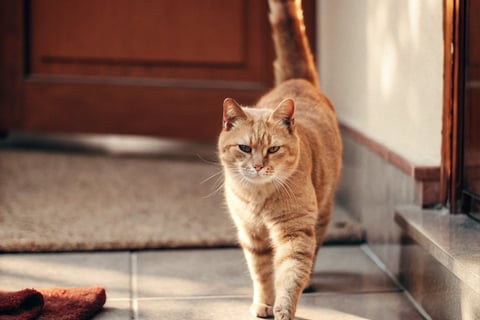

Check out ASPCA: Understanding Cat Behavior.
4. The Mysterious Head Butt (Bunting)
When your cat gently butts its head against you or objects, it’s a gesture of affection.
What It Means
Marking You as Theirs: Cats have scent glands on their heads, and bunting transfers their scent to you as a form of bonding.
Trust and Love: It’s your cat’s way of saying, “You’re part of my family.”
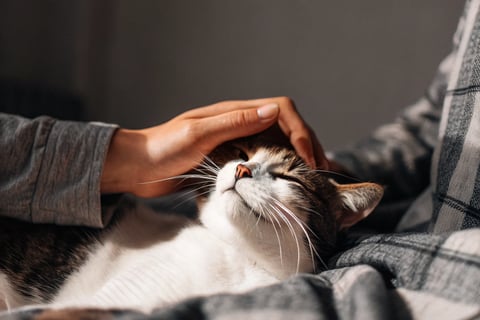

5. Zoomies: The Sudden Burst of Energy
One moment your cat is lounging, and the next, it’s zooming around the house at full speed.
What It Means
Pent-Up Energy: Zoomies are a way for your cat to release excess energy, especially if they’ve been napping or are bored.
Predatory Instincts: These sudden bursts mimic the chase-and-pounce behavior of wild cats.
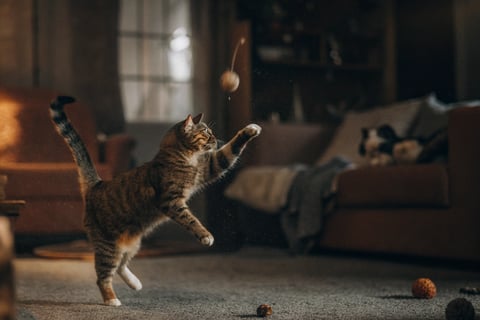

Learn more "Top Toys to Keep Your Cat Entertained."
6. Licking and Grooming: More Than Hygiene
Cats groom themselves daily, but when they start grooming you or other pets, it carries extra meaning.
What It Means
Bonding: Grooming you or another pet is a sign of affection and trust.
Stress Management: Over-grooming, however, can signal anxiety or a health issue.
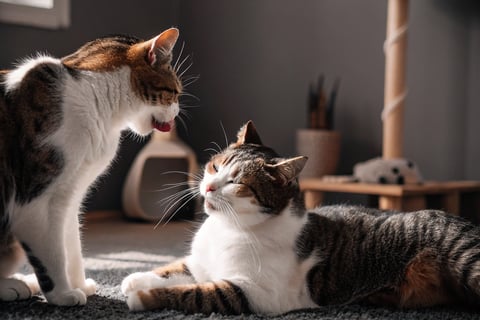

7. Hiding: Seeking Safety or Solitude
When your cat retreats to a hidden spot, it’s not always a sign of illness or fear.
What It Means
Stress Relief: Cats instinctively hide when they feel overwhelmed.
Illness or Pain: If hiding is sudden and prolonged, consult a vet.
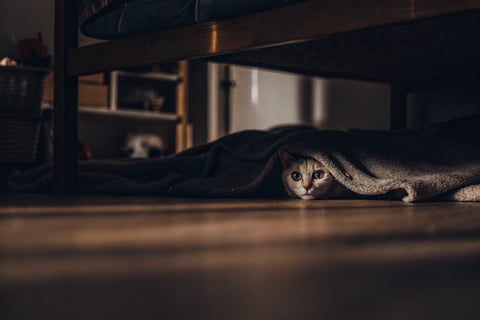

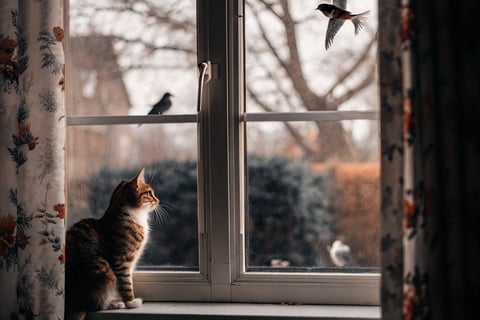

9. Slow Blinks: The Ultimate Sign of Love
If your cat gives you a slow blink, consider it the feline equivalent of a kiss.
What It Means
Trust and Affection: Cats slow blink at people and animals they feel comfortable with.
How to Respond: Try slow blinking back to build your bond.
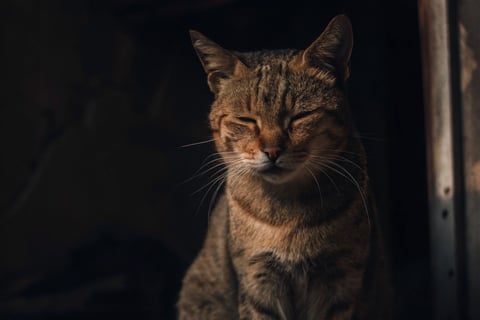

Conclusion
Understanding your cat’s behavior is key to building a stronger bond with them. From purring to zoomies, each action carries meaning rooted in their instincts, emotions, or physical needs. By learning to decode these behaviors, you’ll be able to meet your cat’s needs and strengthen your relationship.
Check out American Veterinary Medical Association: Cat Behavior Tips.
8. Vocalizations: Meows, Chirps, and Trills
Cats have a wide range of vocalizations, each serving a specific purpose.
What It Means
Meowing: Cats meow to communicate with humans, often to express hunger, attention needs, or discomfort.
Chirping: This excited sound is usually made when they see birds or prey outside the window.
Trilling: A soft “rrrow” sound that indicates affection and a happy mood.
